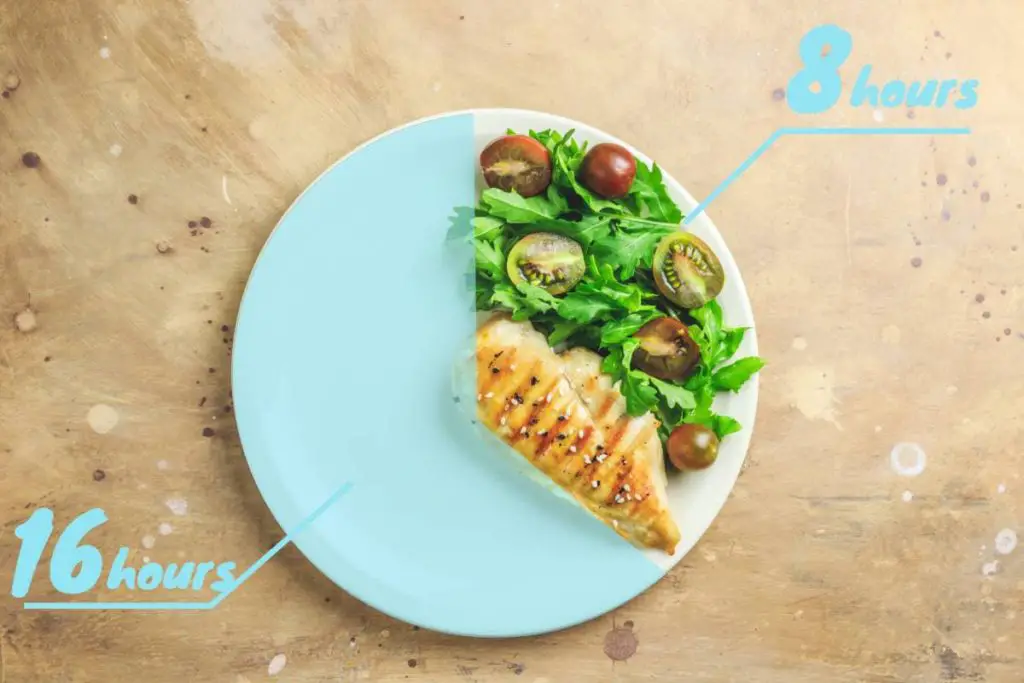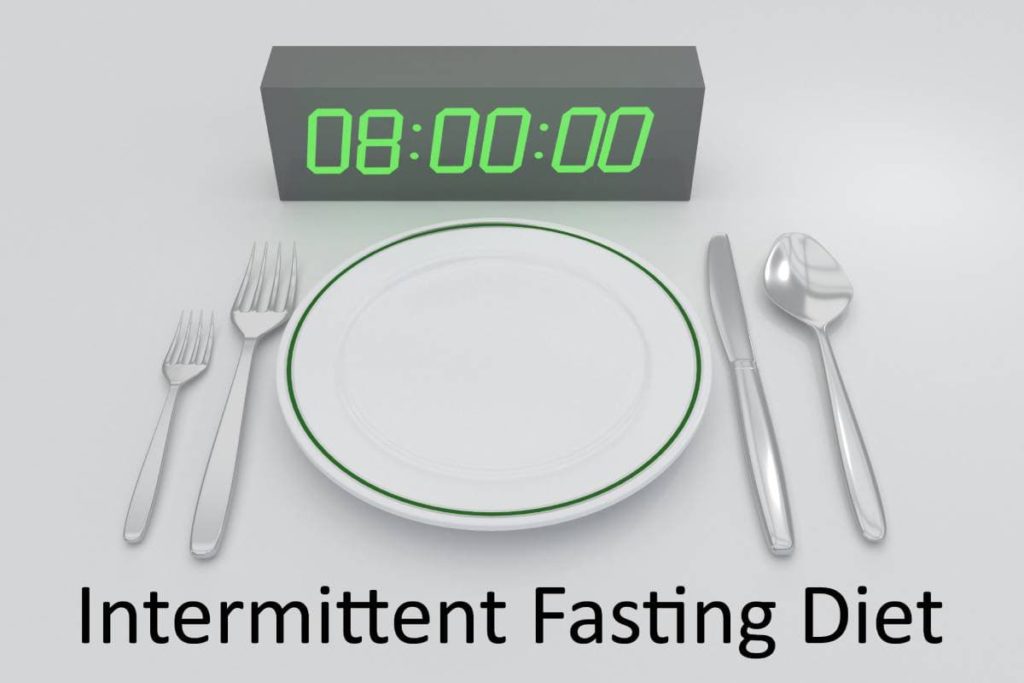Have you started intermittent fasting but realized your chosen eating window isn’t working out for you anymore? You may be wondering if you can safely change your window without messing with all of your progress. Many eating plans and diets have strict rules, so let’s have a look at intermittent fasting and if you can change your window.
You can change your intermittent fasting eating window. However, you should not frequently change your eating window. Your body will need time to adjust to the new window, which usually takes a couple of weeks. Continual changes may affect the results of intermittent fasting.
Now that you know you can change your fasting window, let’s look at how to do it. Keep reading to learn more about intermittent fasting and eating windows.

Understanding Eating Windows in Intermittent Fasting
Intermittent fasting includes eating foods during a chosen period and restricting food intake for the remaining hours of your day. The most common windows are 8/16 and 10/14 hours.
An intermittent fasting eating window is the time frame in which you are allowed to consume food. You can choose any window that works for you, such as 8 am to 4 pm or 1 pm to 9 pm. People usually choose 8 hours at a time, but your window may vary according to factors such as age and weight.
Many people who follow this eating plan say it is much easier to maintain long-term than traditional, calorie-controlled diets. This is because your body becomes accustomed to the eating window and, with time, you should not feel hungry during the remaining hours of the day.
Although the end goal is fasting for 16 or more hours a day, it is recommended that beginners start with a wider eating window and a shorter fasting window. Suddenly restricting food intake for 16 hours a day can be a shock to the system and may result in you giving up on the eating plan before it even begins to work.
The time of your eating window really depends on you. You will need to consider your personal schedule and health when choosing the eating window. There is no better or worse time to eat; it all depends on what works for you.
Many studies believe this way of eating will not only result in fat loss but also improved health all around and increased longevity.

How To Choose Your Eating Window
Factors for choosing your eating window may include:
- Age
- Weight
- Gender
- Work schedule
- Current eating schedule
- How much physical activity you do
- If you have any health conditions (i.e., diabetes, high blood pressure, cardiovascular disease)
Now that you have decided to start intermittent fasting and have considered all factors, it’s time to choose the eating window. Have a look at the below to determine what times would be best suited to you.
Choosing an Eating Window for a Beginner
If you are a beginner, it is recommended to start with shorter fasts; one of the easiest ways to do this is to fast while you are sleeping. Once you get used to that, you can add a couple of hours either before going to sleep or after waking up. For example, if you wake up at 7 am, only start eating at 9 am, and stop at around 7 pm, this will give you a 14-hour fasting period each day.
As you progress, you can add more hours on each side; for example, if you wake up at 7 am, only start eating at 11 am, and stop eating at 5 pm, this will increase your fasting window to 18 hours per day.
If Your Goal Is Weight Loss
For most people who do intermittent fasting, the goal is to lose weight. The more weight you want to lose, the longer your fasting period should be. By fasting, you inadvertently consume fewer calories because you have less time to consume them.
If you want to lose a substantial amount of weight, your goal should be more than 16 hours of fasting. If you only want to shed a few pounds, your fasting window can be less restrictive; a 10 – 12 hour fasting period would be suitable for this.
If you are overweight or obese, you should consult your GP before making any major dietary changes.
Choose an Eating Window According to Your Schedule
The easiest way to choose a time for your eating window is to work around your personal schedule. For example, if your work schedule is 8 am to 5 pm, it would make the most sense to start your eating window during that time.

You could work your eating window around your daily activities if you have a flexible schedule. Just make sure your window is always the same amount of time each day, whether it be 4 hours, 8 hours, 12 hours, etc.
Changing Your Eating Window
Life comes with many unexpected changes, so you may have to adjust your eating window at times. This is as easy as simply deciding on a new time frame.
When you have chosen your new fasting and eating windows, it is important to understand that your body will need time to adjust. You may notice some changes in your hunger patterns during this period. It should take a couple of weeks for your body to become accustomed to the new routine.
If you want to reduce your eating window, then it is recommended to start slowly by adding one hour extra to your fasting window for a few weeks, then another a few weeks later, and so on. The same goes for increasing your eating window.
In Conclusion
You can absolutely make changes to your eating window when intermittent fasting; just try to keep the changes as infrequent as possible.
The key to intermittent fasting is consistency. Your body will begin to regulate according to your new eating habits and schedule, so constantly changing the window may affect your progress.

